Collecting: the blooming market for Dutch floral paintings
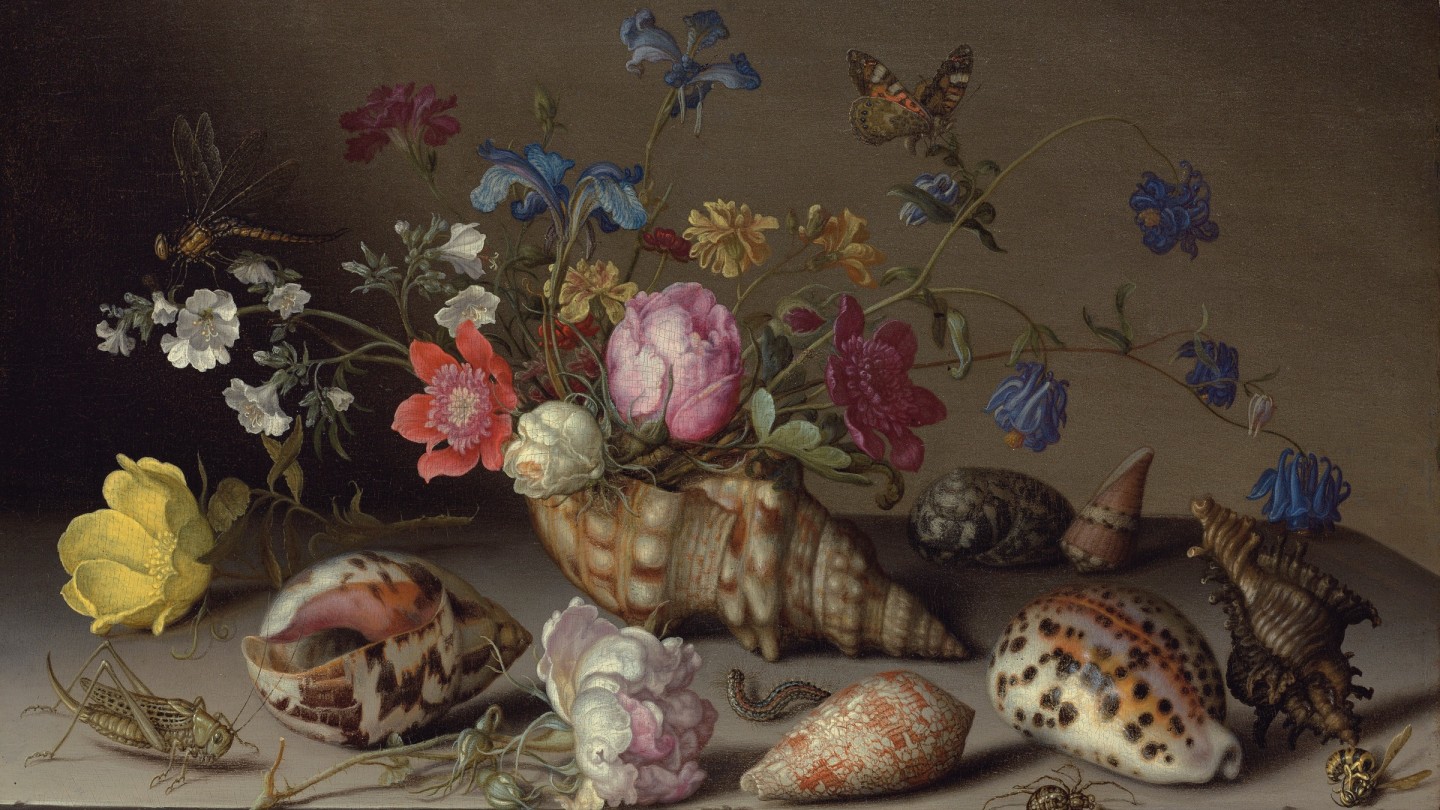
Roula Khalaf, Editor of the FT, selects her favourite stories in this weekly newsletter.
“There is so much to read into that one picture. The diffusion of colours, the richness and also the symbolism,” says collector and City headhunter Frank Hollmeyer of the first floral still life he bought by the 17th-century Flemish artist Jan Brueghel the Younger. It’s a large flower painting around a central cartouche by Abraham van Diepenbeeck and he found it at one of Sotheby’s Old Masters sales as the financial crisis continued in 2009. “It felt like the world was falling apart… but I knew I wanted to spend money on paintings.”
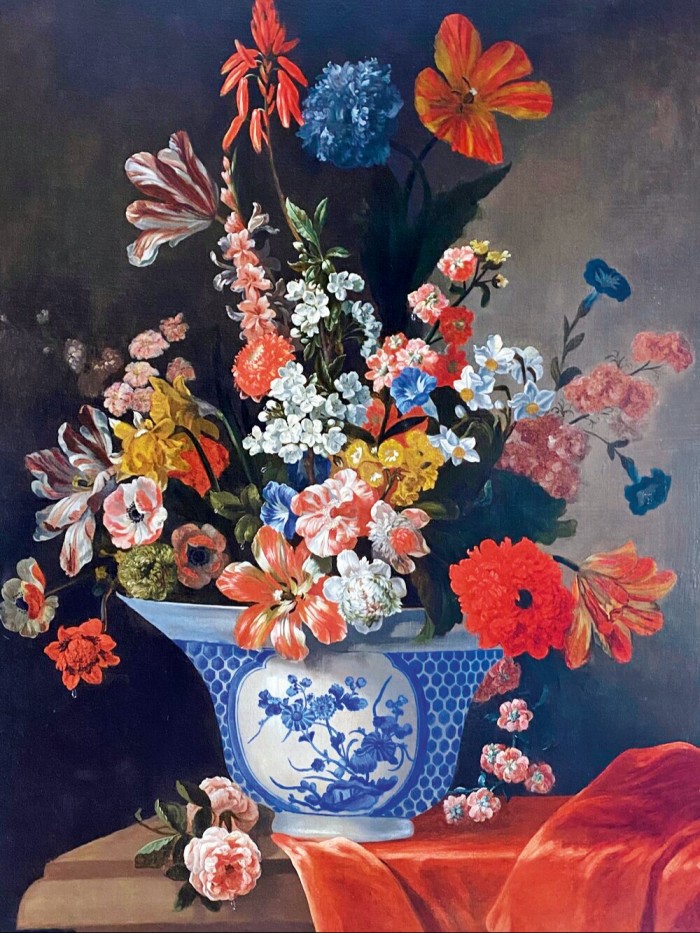
Floral still life from the golden age of Dutch painting has been having a cultural moment, inspiring a generation of floral designers (including Emily Thompson, Thierry Boutemy and Mark Colle), ad campaigns (Gucci and Loewe) and photographers (Nick Knight frequently cites the Old Masters as a reference). It’s all fuelling a renewed interest in the carefully observed, meticulously painted output from the period, when hundreds of practitioners worked prolifically to fulfil an unprecedented demand for art. “You don’t have to wait long if you’re looking for a really nice still life,” says Clementine Sinclair, head of the Old Masters evening sales at Christie’s.
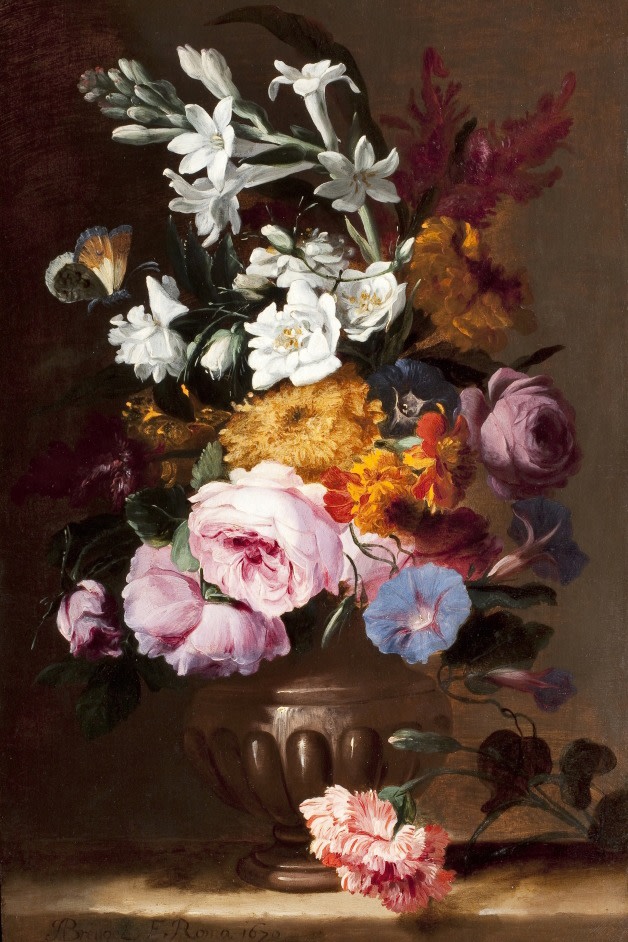
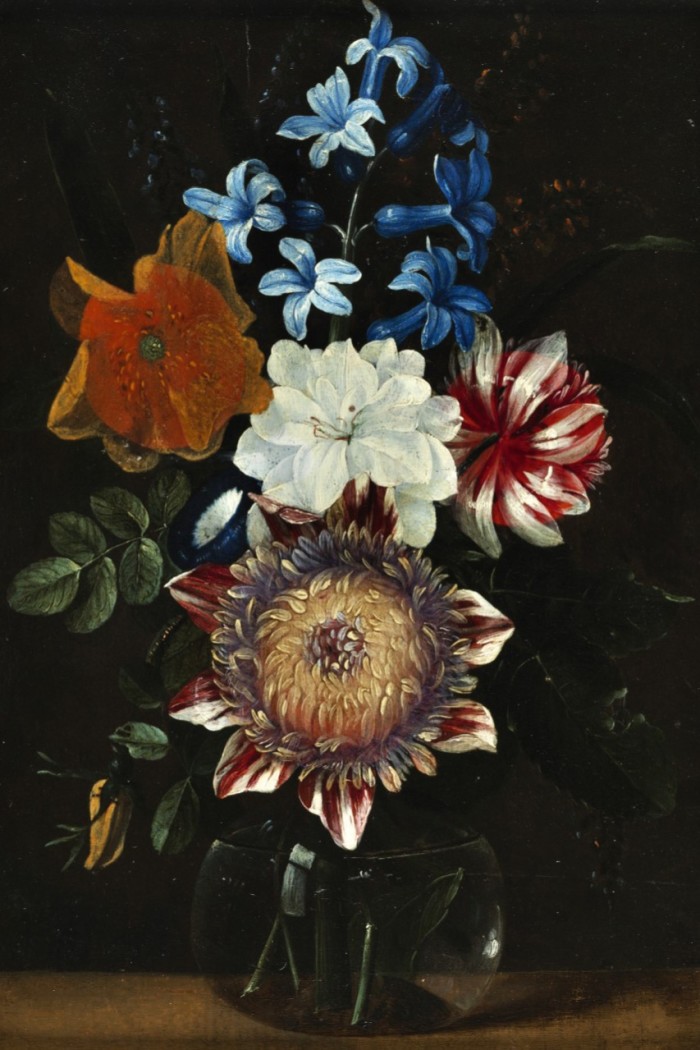
The genre boomed in the 17th century in the Netherlands, funded by a burgeoning merchant class keen to display its wealth. “Artists were selling directly from their studios or through dealers,” adds Sinclair. “And there was a thriving market for paintings on a more domestic scale – cabinet pieces with a high level of detail.” Interest in flower paintings exploded as exotic species were being introduced to the Netherlands: one of the world’s oldest botanical gardens was formed in Leiden in 1590. By the early 17th century Ambrosius Bosschaert and Jan Brueghel the Elder were pioneering a golden age with their ambitiously scaled virtuoso paintings of magnificent bouquets, often featuring a fantastical combination of specimens that would never bloom simultaneously in nature. This summer Sotheby’s showed the earliest dated Flemish flower painting, by Brueghel (with an estimate of £2.5m-£3.5m) – a c1605 oil in which almost the entire canvas was filled with hyacinths, narcissi, fritillaries, iris, tulips, peonies, lilies, roses and nigella.
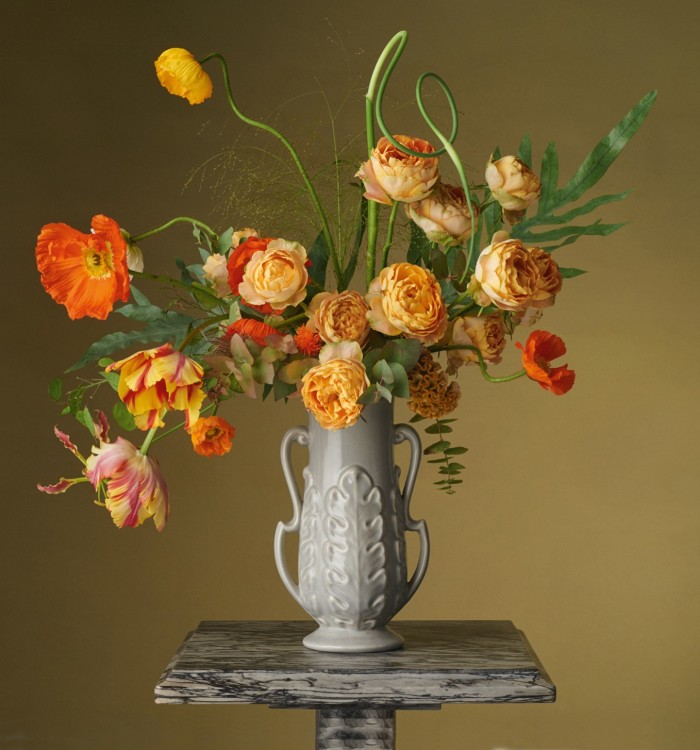
What to read
Dutch and Flemish Flower Pieces by Sam Segal and Klara Alen (Brill)
Dutch Flower Painting, 1600-1720 by Paul Taylor (Dulwich Picture Gallery or Yale University Press)
Where to see
The Ashmolean, Oxford ashmolean.org
Rijksmuseum, Amsterdam rijksmuseum.nl
The Wallace Collection, London wallacecollection.org
Where to buy
Johnny van Haeften Beaufort House, Ham Street, Ham TW10 7HL
Rafael Valls 11 Duke Street, London SW1Y 6BN
Earlier work in the period tended to be symmetrical, stylised and formal, but the artists who followed, including Jan Davidsz de Heem, Jan van Huysum and Rachel Ruysch, became more naturalistic. The demand for Ruysch and other female painters of the era has rocketed – earlier this year Sotheby’s sold an exquisite Ruysch still life dated 1698 for almost $2.2m, doubling its low estimate.
Beyond the most notable practitioners there are more affordable pieces, although even within one artist’s oeuvre there can be vast price differences. A swag painting with roses, ivy and butterflies by Daniel Seghers sold at Christie’s this summer for £40,000. In 2019, two bouquet still lifes featuring roses, tulips, iris and aquilegia by the same artist both sold in excess of half a million, again doubling their predicted costs.
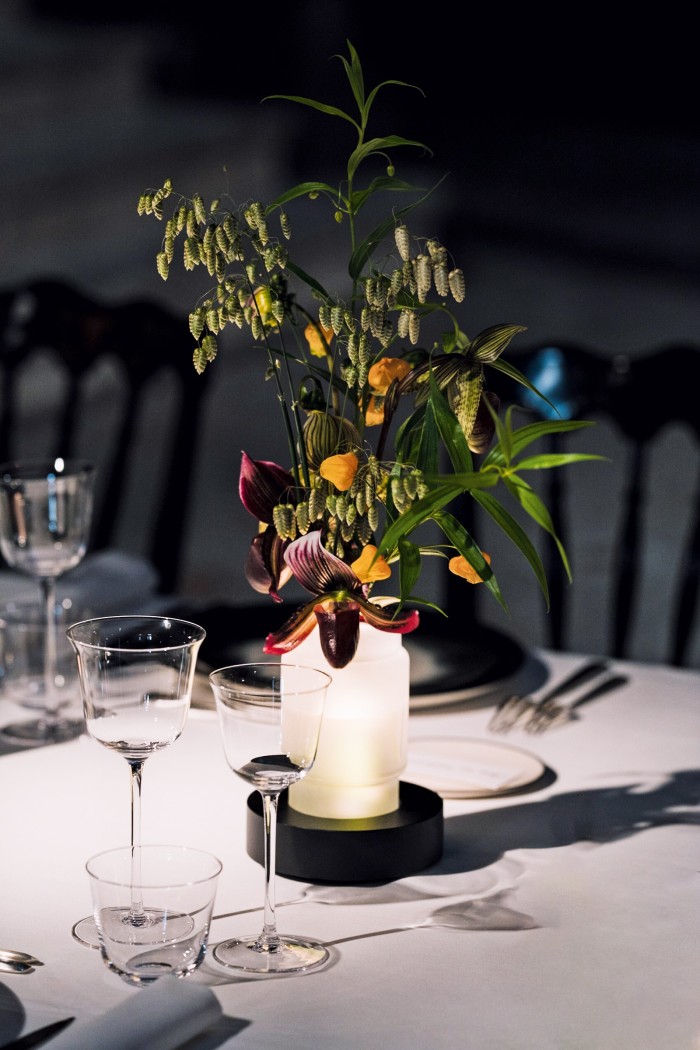
These huge differentials provide enticing opportunities for collectors willing to hunt, such as Hollmeyer, who has continued to collect work from the period over the past decade. “For £30,000 or £40,000 you can pick up something from a phenomenal artist whose paintings are hung in most major art galleries in Europe,” he says. “What can you buy for that in the contemporary market?”
Toby Campbell, director at Rafael Valls, agrees: “You can buy something with extraordinary skill and history behind it for sometimes a fraction of a contemporary piece.” He currently has a stunning painting dated 1670 by Bartholomeus van Winghen depicting a vase of spring tulips, peonies, lilacs, sweet peas and jasmine (£95,000), as well as a picture by Abraham Brueghel from the same year with roses, primroses and jasmine in an urn (£48,000). Similarly, gallerist Sander Bijl, of Bijl-Van Urk in the Netherlands, has recently acquired a diminutive flower painting depicting single stems of a wild rose, poppy, hyacinth and chrysanthemums by Jan van den Hecke, whose patrons included Archduke Leopold Wilhelm, the Austrian governor of the Spanish Netherlands (after restoration it will be for sale at €40,000).
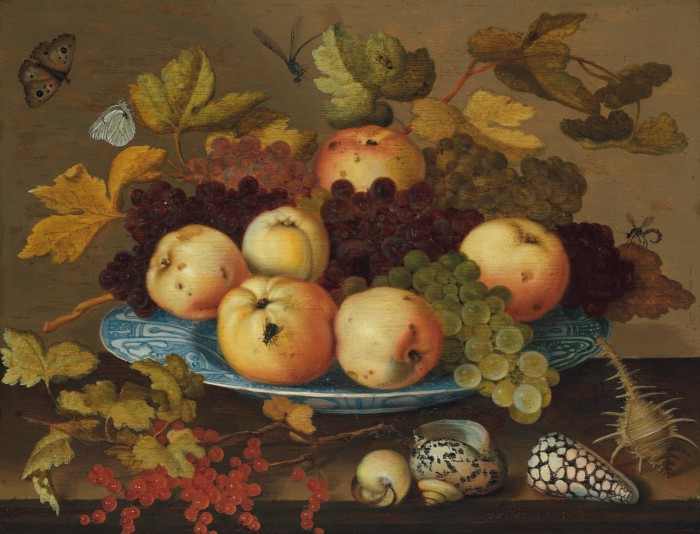
Shifts in interior decoration are also helping to popularise these Old Masters, as they seem to sit more comfortably in the relaxed, classical rooms by designers such as Rose Uniacke. Note the Old Masters hanging in Nigel Slater’s elegantly understated Uniacke interior. “An increasing number of my clients are asking for floral still lifes but they tend to mix works with modern interiors or even contemporary artworks,” agrees dealer Nick Cox, who currently has a blue and white china bowl of tulips, roses, narcissi and blossom attributed to Pieter Casteels III (£15,525). A similar oil, dated 1715, was sold this summer by Hampel Fine Art Auctions for €19,430.
What’s more, these still lifes are increasingly being liberated from their cumbersome frames. “I’ve long thought that a lot of Old Master paintings are held back by their frames,” asserts Toby Campbell. “If you take the paintings out of the frames, they suddenly have a new life. When you hang them in a contemporary space they can look extraordinary.”
Letter in response to this article:
Comments